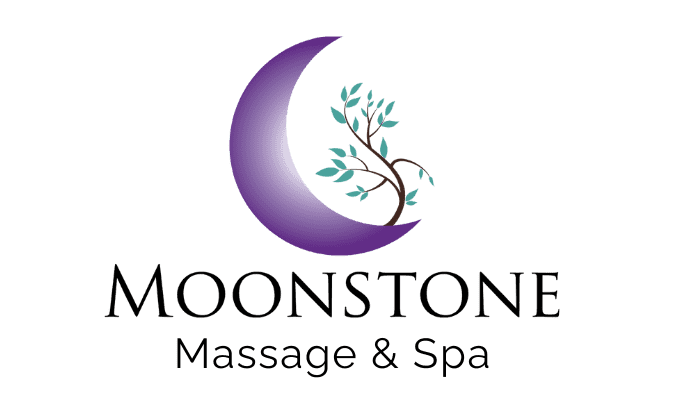— According to recent findings, while many occupations in the past 50 years involved “moderate” physical activity the current job layout is extensively sedentary “desk jobs”. It is estimated that now 80% are these “desk jobs” involve minimal activity. With the workforce being essentially tied to their desks, the epidemic of neck and shoulder pain is wide-ranging and leading many individuals to having a muscular imbalance/alignment issue called “rounded shoulders”.
This piece will analyze the common occurrence of “rounded shoulders,” a common muscular imbalance that creates a slouched appearance, over extending the neck and shoulder muscles and curvature in the spine. In addition, the importance of receiving body work will be discussed in respect to alleviating this frequent problem.
As stated earlier the common issue of rounded shoulders is a muscular and postural imbalance between a person’s chest and back/neck/shoulder muscles. This lack of balance leads to muscular weakness in the chest while also causing much pain and tension in the shoulders and neck. Having these tight chest muscles, specifically pectoralis major and minor, the muscles in the upper back and shoulders like trapezius and rhomboids are shifted forward and placed in a position causing even more tension and pressure. This extra stress is a large component as to why people have pain in neck and shoulders. This is further exacerbated in the sitting position, with the shoulders positioned further out of alignment thus making working at a desk all day painful for your neck and shoulders.
Body work can do wonders for an individual with rounded shoulders by stretching the neck and chest muscles. Performing movements that “pin and stretch” both the neck and chest muscles at various commonly found trigger points can bring oxygenated blood flow to the muscles. Many times, in my practice when I notice this imbalance, I commonly suggest beginning the session in the supine or “face up” position. Starting here allows the chest muscles to be stretched, lengthened and reset into their more anatomically correct position. Gravity is also an ally in this position, lowering the shoulders in proper alignment, lifting the tension from the neck. Many bodywork sessions are primarily focused in the prone or “face down” position working on the posterior of the body. This back work takes over the session in both focus and time. Starting supine with the neck allows for stretching and range of motion and get a proper assessment of the extent to which the clients shoulders are rounded forward. As a massage therapist, I admit when beginning with back work I can get caught up working out all the knots in the back as they readily appear there but I would argue it’s time for the neck and chest to get their due.
-Caroline D Lamy
Want to book an appointment with Caroline? Call 336.918.8115 or Click Here.
